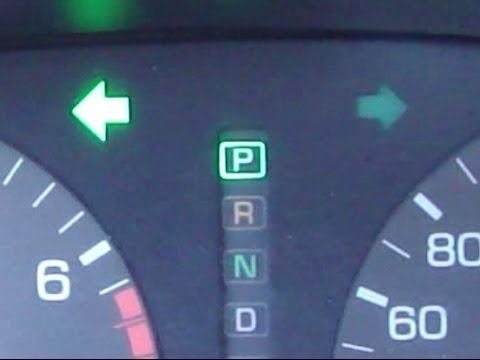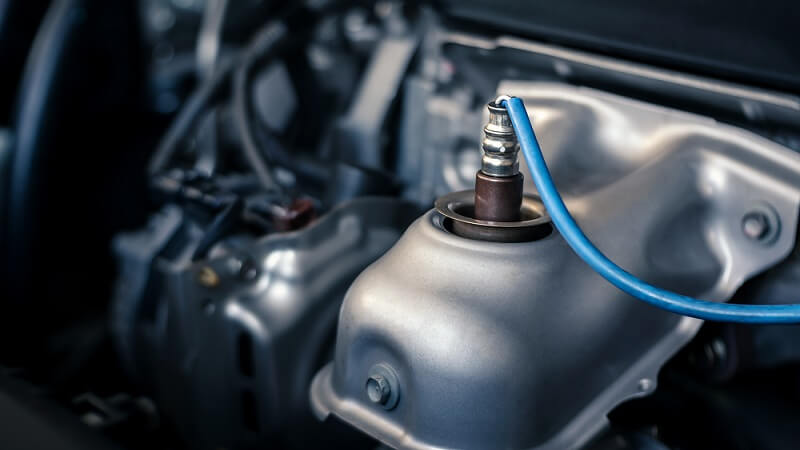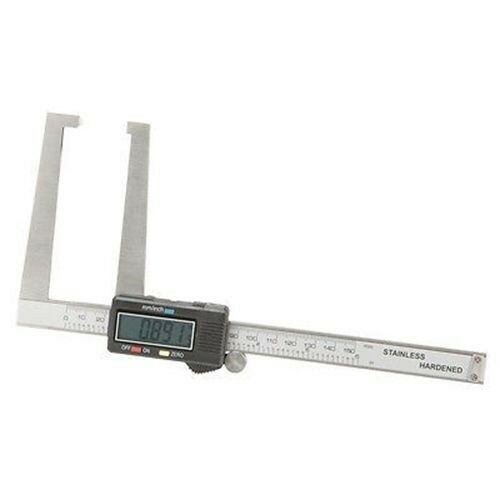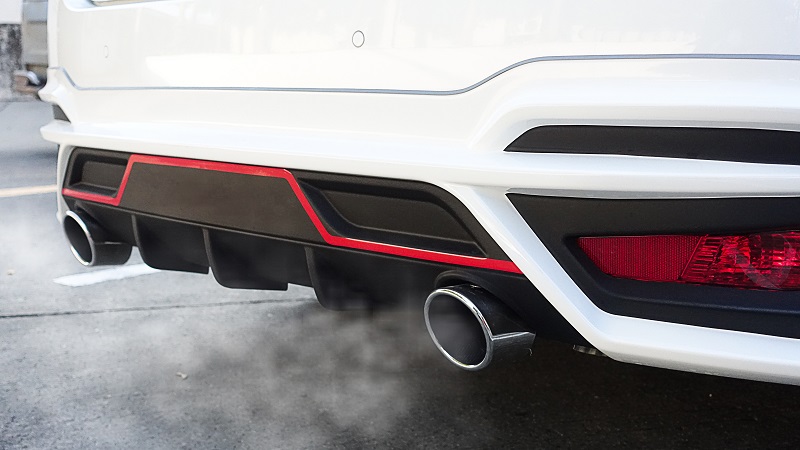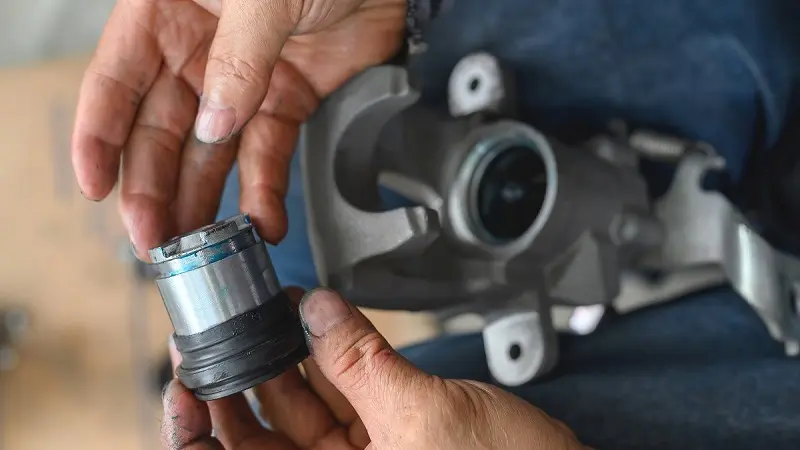Turn signals are one of the simpler systems in your car to diagnose. As a part of the safety system, turn signals are designed to work without any failures. If they do stop working, it is very easy to troubleshoot the problem.
How Do Turn Signals Work?
Turn signals need electrical power to illuminate the turn signal light bulbs. If there is an electrical fault, the circuit is protected by a fuse in the power junction block. Power for the turn signal system comes from the junction box and flows through the fuse, and then the flasher unit plugged into it. When the signal lights are turned on, they flash in a rhythmic pattern to show the other drivers your intention. This is achieved by routing the power to the turn signals through a flasher or module that sends pulses of power to the lights instead of a steady stream.
When you complete the turn and turn the steering wheel back to the center, a cam on the steering column catches on the turn signal lever and cancels the turn signal operation. If the cancel cam is broken, the signals won’t be able to turn off on their own, and you will need to turn the signals off by moving the signal lever on your own.
As the turn signal lights are essential for the safe operation of your vehicle, try to fix them as soon as possible.
Symptoms of failed turn signals
All turn signals on or off
If all four of your turn signals come on and stay on, it can be because of a bad flasher, but it could also be because the entire electrical system is weak, and can’t provide the current necessary to heat it, or because of a bad ground or bad connection somewhere in the system. If none of the lights come on, no matter what you do, it’s a power supply problem. Bad grounds and connections are a possibility, but a bad fuse or flasher is more likely.
Signaling Problems
Blinking rapidly, coming on without blinking, or nothing at all
Turn signals of the vehicle can be wired in series. If one goes bad, or it isn’t properly grounded, it can affect the corresponding light on the same side. Check for damaged or burned-out bulbs in all turn signals on that side, for example, the ground on either light can get damaged. Another most common cause is corrosion in one of the bulb sockets. Many vehicles use turn signals wired in parallel so that if one goes out, it doesn’t take another with it. In this case, only one bulb will go out. But it is recommended to replace all bulbs at the same time if even only one of them goes out because they all have the same lifespan.
Fast or Slow Flashing
If all four turn signals are going too fast or too slow, then the problem is in the flasher. If only the signals on one side do it, it may be one of the bulbs. The bulbs determine how much power goes through the flasher, and thus how quickly it heats up. Remember, high-wattage bulbs are drawing more amperage, causing the flasher strip to heat up and cycle faster.
Switch and Dash Indicator Problems
A faulty switch can be one of the main reasons why the turn signals don’t work. It is also good to check the parking lights, which usually utilize the turn signal bulbs. If the parking lights and hazards come on, but that side doesn’t illuminate when you hit the switch, then it’s a circuit problem. Many modern vehicles use turn signals integrated into the brake housings, using the brake lights themselves as turn signals. On some of these vehicles, it’s possible to put the bulb in backward; this can cause a circuit failure in the lights and dashboard indicators.

Replacing the Turn Signal Relay
If you need to replace the turn signal relay, here is the simplest way to do it.
1. Locate your relay cluster. You can find the information in your car’s owner’s manual.
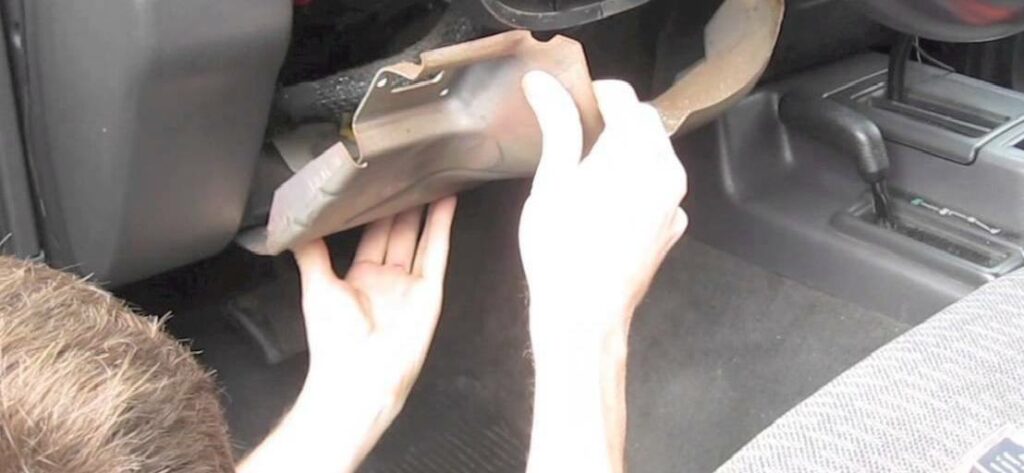
2. Locate the turn signal relay. This also can be found in your owner’s manual. If it’s not, you can consult a service manual for your car.
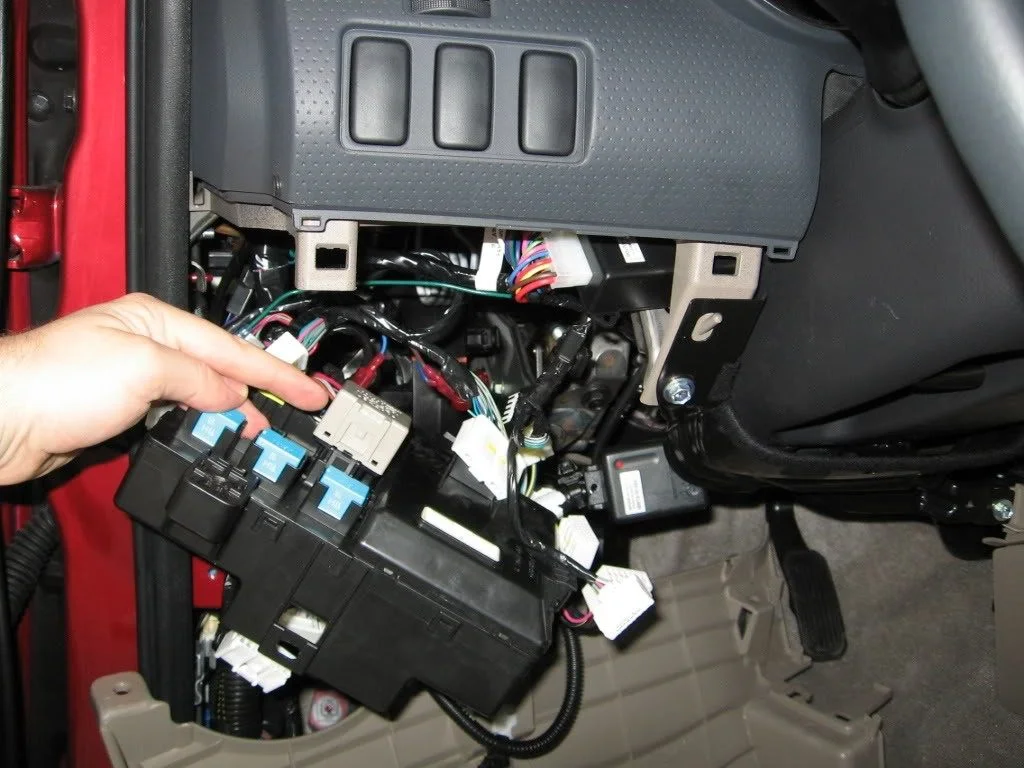
3. Once you’ve found the relays, remove the old turn signal flasher relay and replace it with the new one. Don’t worry about installing it incorrectly, it will only go in one way, the right way.
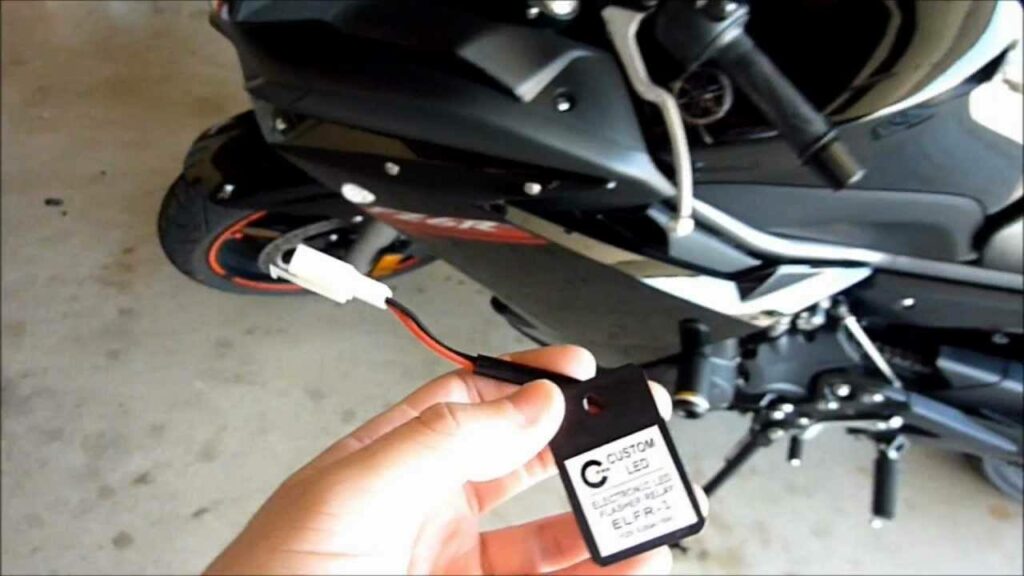
Troubleshooting
After replacing the turn signal relay and bulbs you still find that you have no working turn signals, then it is time for some serious electrical troubleshooting.
1. Check the Connections
To replace the bulbs, first of all, you need to access the back of the turn signal housing. Also in this location, you’ll find the plugs that connect the taillights and front turn signals to the car’s electrical system. Unplug these and plug them back in one at a time. Sometimes just unplugging and replugging can renew the connection and solve your issue.
2. Look for Bad Grounds
A bad ground connection can be another reason if your turn signal doesn’t light up. In most vehicles, the ground wires are brown or black. When you find the ground wire (check your vehicle owner’s manual for more info), loosen and retighten the ground connection. Or remove it and clean everything off with steel wool if you want to be sure.
3. Check Random Fuses
It’s also a good idea to inspect all fuses when replacing a turn signal or addressing other unexplained electrical problems. A bad circuit that may seem to have nothing to do with the turn signals or brake lights can somehow cause them to fail.


